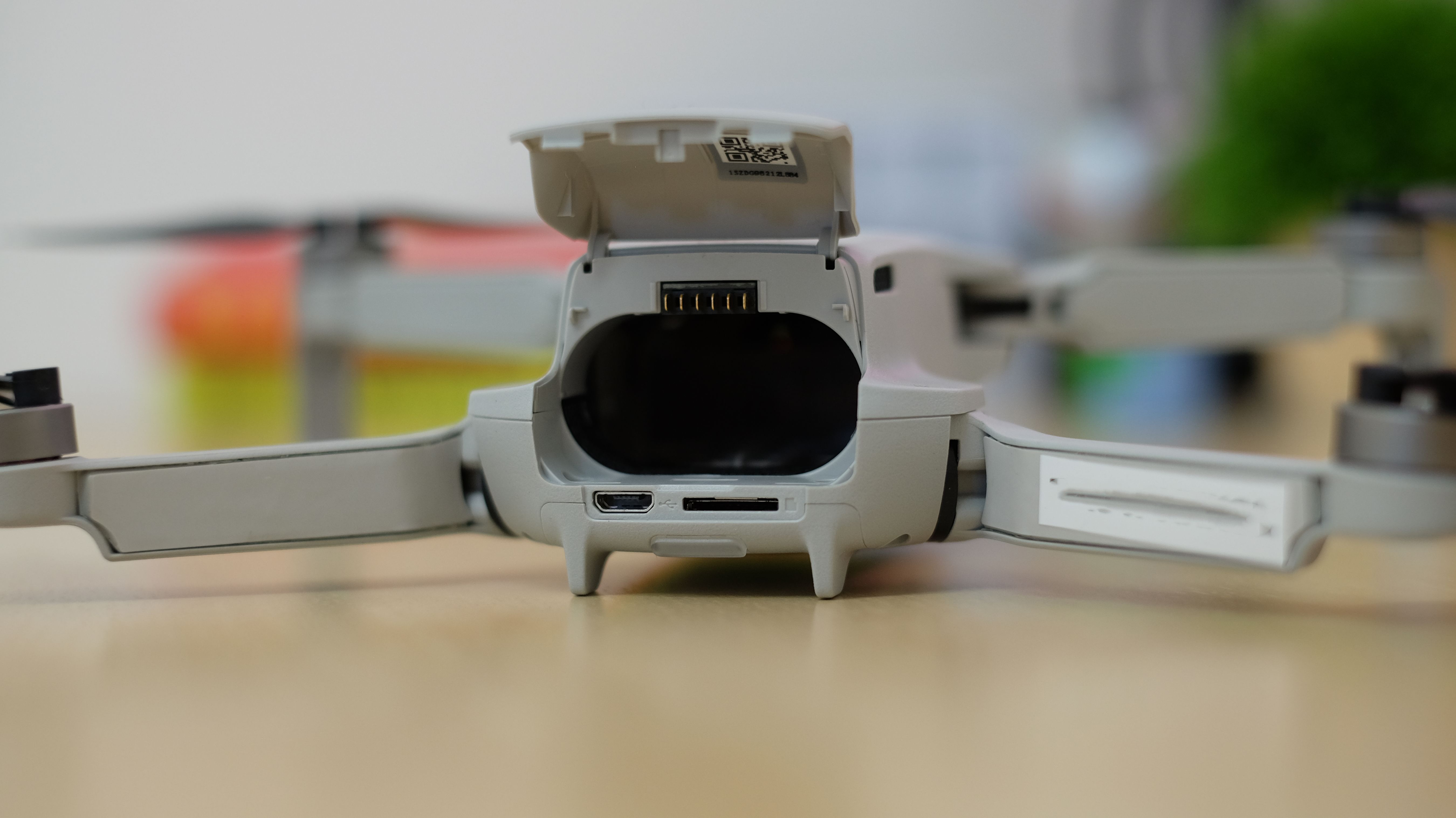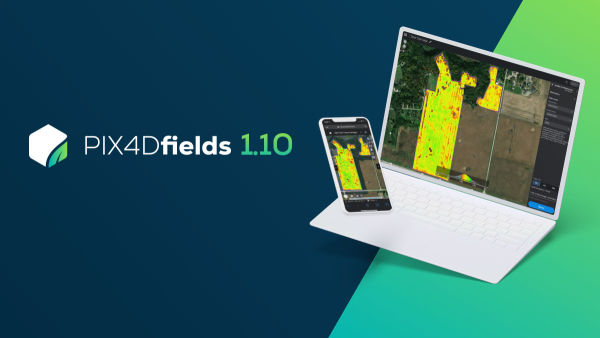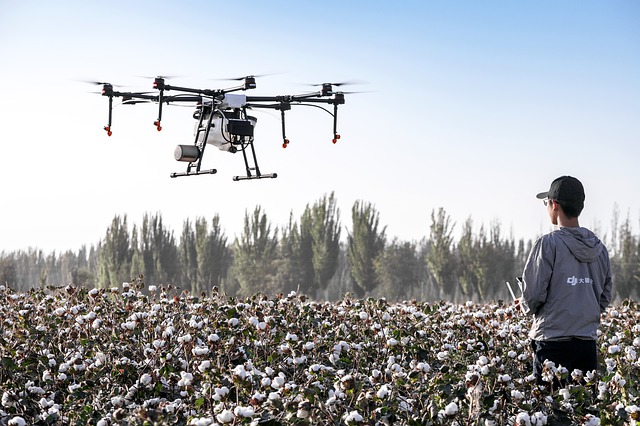
Here are the rules that govern flying drones: Controlled versus uncontrolled space, Nighttime flying and Remote ID requirements. The FAA also encourages hobbyists and requires them to take flight lessons. It is possible that the notice was intended to deter spy spies by stating drones should be used only for personal pleasure and personal use.
General safety guidelines for drone pilots
You should not only follow the law when operating your drone, but also some safety guidelines. Fly within your visual line of sight. Do not fly in areas with people, moving vehicles, or other aircraft. Your drone must not be flown above crowds or stadiums. A third tip is to be safe and keep your drone in control. Remember to adhere to all federal and local airspace regulations.
To operate a drone safely, you must comply with federal and local aviation laws. Make sure to fly in clear skies and avoid restricted airspace. Make sure to review flight plans before you fly in restricted areas. Avoid taking drone photos in areas where privacy is expected. Violating such laws can result in legal action against you. Therefore, these rules are a must for all drone operators.
Controlled airspace and uncontrolled space
Understanding the differences between controlled airspace and uncontrolled is important. A zone in the sky designated as controlled airspace has certain dimensions and requirements. This is maintained by ATC. Uncontrolled airspace, however, is not defined and has no requirements. Uncontrolled airspace, for example, does not have a defined definition and is widely used for many purposes. Generally, controlled airspace is the most regulated, as it only allows aircraft that follow Instrument Flight Rules (IFR). Aircraft operating in controlled space are also isolated from other traffic.

The definition of Class G is the next distinction between controlled and uncontrolled airspace. It refers to areas with low air traffic and no airport control tower. This area has low weather minimums and most of the air traffic is controlled using visual flight rules. Air traffic control systems are designed to coordinate traffic flow and prevent aircraft collisions. In other words, controlled airspace has higher minimum weather conditions than uncontrolled airspace.
Night flying
FAA regulations stipulate that nighttime flying must be done with caution. Before you can fly in a night operation, you will need to have the necessary experience. You will also need to be familiar with night rules. Understanding your position and avoiding any other aircraft can prove difficult. ForeFlight can help you keep track of the sunrise and sunset times. You can be sure that you are flying legally and safely.
Under FAA rules, drones need to have anti-collision lighting in order to qualify for night flight. They must be visible at least 3 miles per hour and flash at a speed that prevents collision. Nighttime flying can be a reality if the pilot is well-trained and has sufficient experience. For more information and dates, please see this space. If you don't know when it is legal to fly in the evening, please read the rules.
Remote access requirements
Remote ID requirements have been adopted by the FAA for drones. This technology will allow drones communicate on a radio frequency suitable for personal wireless devices. This technology's range will differ for different drones. It is important to ensure that drones maximize its range. These messages should contain the drone's ID and latitude/longitude as well as velocity and an emergency status.

Remote identification is an important component of the new rules. It creates a uniform and common way for airborne drones to be tracked and their operators to be identified. It will improve the public's trust in drone operations and make the skies safer for everyone. The new Remote ID rules and similar requirements for Europe will take effect in April 2021. Drone operators can safely and responsibly fly drones in their locality.
FAQ
Is it possible to fly my drone in my backyard?
Yes! These are called UAVs (unmanned aerial vehicles). There are many options for drones, from small quadcopters to larger fixed-wing aircraft. The FAA recently published new rules on commercial UAV usage, which allows you to legally fly them for commercial purposes. However, be aware that flying a UAV near airports may cause interference with air traffic control systems, and you must obtain permission from local authorities before operating one.
Where can a drone be purchased?
There are many types of drones available online. Many people prefer to buy their drones online through Amazon, eBay or Walmart. Others prefer to purchase their drones directly at the manufacturer.
What is it like to travel by drone?
Drones are becoming more and more popular for personal and professional use. Drones are used for filming, photography, aerial mapping, search and rescue, as well as other purposes. The FAA has recently approved several new drone regulations, which include requirements for registration, licensing, pilot training, and insurance. These new regulations will ensure drones are safe for all.
Is the FAA able to regulate drones?
The FAA is responsible for all aspects of drone operation, including certification requirements, safety standards, and licensing procedures.
Is it possible to fly a drone at high altitudes without a license?
The FAA has no limits on the maximum height a drone can fly. They do require that you register your unmanned airplane system (UAS), which includes registration number, model number, weight, size and manufacturer's names, as well as other information.
Can I fly my drone indoors without a license?
Yes, you can fly your drone indoors. There are only a few things you need to do: Make sure your home is free of obstacles and hazards. For instance, avoid flying near windows and doors, heating vents, heating units, air conditioning units, electrical outlets or water pipes.
What is the difference in a quadcopter from a hexacopter.
A quadcopter is a four-rotor helicopter that flies like a traditional helicopter. It is equipped with four rotors, each of which can rotate independently. A quadcopter has four rotors. The hexacopter has six. Hexacopters are stabler and more maneuverable than quadcopters.
Statistics
- According to the multiple listing service (MLS), houses and apartments with drone photographs are up to 68 percent more likely to sell than those without pictures. (thedroneu.com)
- With the top 10% making over $100/h and the bottom 10% making as low as $10/h. (dronesgator.com)
- According to ZipRecruiter, the minimum hourly wage of drone pilots is $20. (thedroneu.com)
External Links
How To
What Is A Battery Pack, And How Do I Replace It?
A battery pack is what powers the motors of your drone. They provide enough power for your quadcopter to fly smoothly and safely.
A new drone will likely not have any noticeable differences in its battery pack. But, over time, your battery pack will slowly become worn down. The battery pack may eventually stop working. You'll need to replace your battery pack to ensure that your drone continues to work properly.
It's better to use the original battery pack when replacing it. Installing a defective battery pack can cause damage to your drone.
These are the steps to replace a cell phone battery pack.
-
Disconnect the battery connector cable. This will ensure that your drone does not receive any current. You can simply remove the battery connector cable from your drone to disconnect it.
-
Unscrew the battery. The battery pack should be removed from the quadcopter's base. The battery pack often splits into two pieces.
-
Find the battery contacts. Look for the contacts after you've removed your battery pack. These small metal pins connect the battery to the rest of the components inside the drone.
-
Next, install the new battery. Next, attach the new battery to the drone. Then align the battery connectors on the battery pack's two sides. Next, place the battery pack on the drone. After that, secure the bolts that hold the battery pack in place.
-
Reattach the battery connector cables. Connect the drone's battery connector cable once you have installed the new pack.
-
It is important to test the drone. Test the drone once more to make sure it is working correctly. If it does, then congratulations!